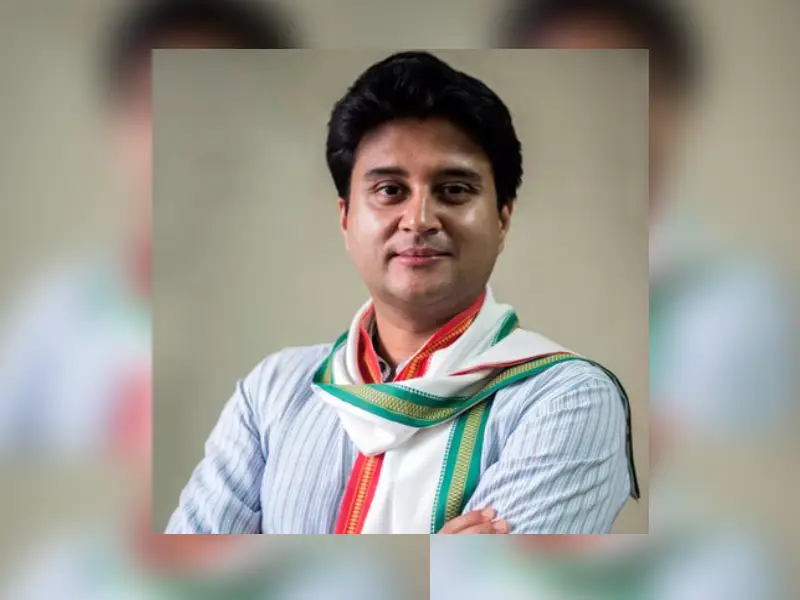Scindia Revolt : History repeats itself in Madhya Pradesh
By Jinka Nagaraju
The Congress suffered an expected jolt on Tuesday when Jyotiraditya M Scindia, the scion of Gwalior Royal family from the state of Madhya Pradesh quit the party and started inching towards BJP.
Already 20 ministers have resigned from their posts reposing faith in his leadership. Scindia, who was seen till recently as a youth icon of the party, called on PM Modi and home minister Amit Shah. He declared in his resignation letter to Congress President Sonia Gandhi that “It is time for him to move on.”
Now it is more than clear that he is hell-bent to see the end of Congress government led by chief minister Kamal Nath. Like his grandmother Vijaya Raje Scindia, he is also looking convinced that the party leadership is promoting those who are against his rise in the party.
The situation the Congress plunged into in Madhya Pradesh now recalls the predicament the party went through when Jyotiraditya’s grandmother ‘Rajamata’ Vijaya Raje Scindia took a pledge to topple the Congress government in the state in 1967.
This is the second assault the Gwalior family has launched on the grand old party of India. But, certainly, 2020 is not 1967 when the Congress regained strength and bounced back in just 20 months. This time around, if it were to lose power, it would be difficult for the Congress to recover, given its weak leadership.
The Gwalior royal family was promoted in politics by Prime Minister Jawaharlal Nehru to counter the growing influence of Hindu Mahasabha in Madhya Bharat region after 1952 elections. As Raja Jivaji Rao was not interested, Nehru reportedly persuaded his wife Vijaya Raje Scindia to contest the polls from Guna Lok Sabha constituency in 1957 elections. She won with 76% vote share largely because of the goodwill the family had enjoyed in the erstwhile princely state. She contested the next election in 1962 from Gwalior and almost repeated the performance cornering 67 percent vote share.
But towards the later part of 1960, state Congress chief Dwaraka Prasad Mishra (DP Mishra) took control of the party and started working to reduce the party’s reliance on the royal family which created friction between the Congress and ‘Rajamata’.
Many scholars argue this was in tune with the thinking of Indira Gandhi, who became Prime Minister in 1966. Rajamata came to the conclusion that the party high command was deliberately promoting the opponents of the royal family. So, she quit the Congress with vengeance and joined hands with the same right-wing forces (Hindu Maha Sabha) whom she defeated in 1957 to become an MP.
In the 1967 election, he fought both Lok Sabha and Assembly elections on two parties. While she was the nominee of the Swatantra party of C Rajagopalachari for Look Sabha, she contested as Jan Sangh candidate in Assembly elections. She won both the elections and chose to remain in Assembly as Jan Sangh member-only to topple to the Congress government led by DP Mishra.
She engineered a defection of 35 MLAs from the Congress, the first floor-crossing in the state. She formed a coalition called Samyukta Vidhayak Dal (SVD) with the defected MLAs, Jan Sangh, and other parties. A Congress defector Govind Narayan Singh was made the chief minister.
But the coalition government did not last long. Chief Minister Singh went back to Congress with his team of defectors making Vijayaraje Scindia’s coalition a short-lived experiment. But, she remained arch-rival of Indira Gandhi. She was jailed during the emergency period which led Rajamata to contest unsuccessfully against her in 1980 from Raebareli.
Indira Gandhi’s strong leadership and Congress’ monopoly in Indian politics had ensured the return of Congress in MP with renewed vigour 1969. But, now the precarious hold of high command on the party, is unlikely to help the Congress cope with the consequences the Scindia revolt unleashes in Madhya Pradesh.